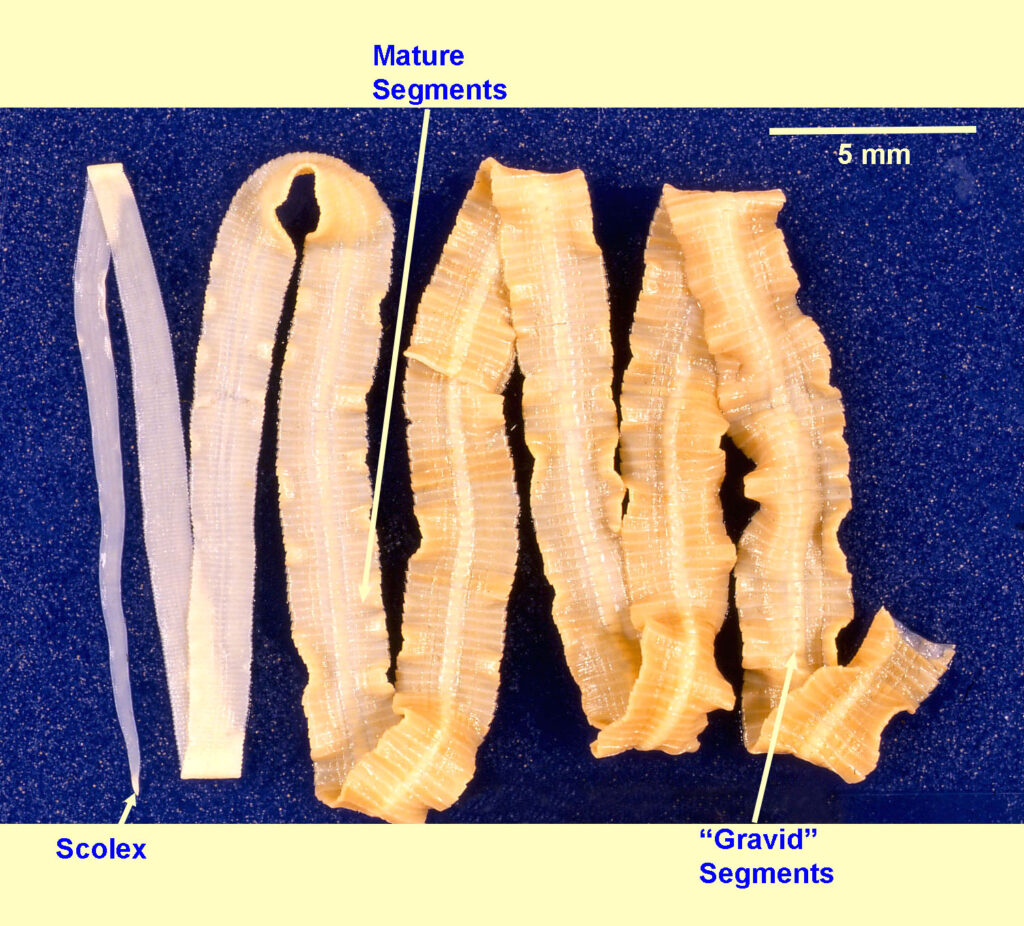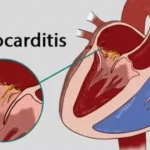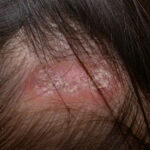Diphyllobothrium infections, commonly referred to as fish tapeworm infections, are caused by cestodes from the Diphyllobothrium genus. These parasites primarily infect humans and other fish-eating mammals, leading to diphyllobothriasis. Understanding the transmission, symptoms, and available treatments is crucial to preventing and managing this parasitic disease effectively.

Causes and Transmission
Diphyllobothrium infections occur through the consumption of raw or undercooked freshwater fish that contain infectious larvae (plerocercoids). The life cycle of the parasite involves multiple hosts:
Risk Factors
- Consumption of raw or undercooked freshwater fish (e.g., salmon, trout, perch)
- Poor sanitation and improper waste disposal in water sources
- Regions with high fish consumption (e.g., Scandinavia, North America, Japan, Russia, and South America)
Symptoms of Diphyllobothriasis
Most infections are asymptomatic or mild, but significant cases present with:
- Gastrointestinal Issues: Abdominal pain, diarrhea, nausea
- Vitamin B12 Deficiency: The parasite absorbs vitamin B12, potentially causing pernicious anemia
- Fatigue and Weakness: Due to malabsorption of nutrients
- Visible Tapeworm Segments: Proglottids may be found in stool
Diagnosis of Diphyllobothrium Infection
Diagnosis relies on identifying eggs or proglottids in stool samples. Methods include:
- Microscopic Examination: Detecting oval, operculated eggs in feces
- PCR and Molecular Testing: Confirming species through DNA analysis
- Blood Tests: Assessing vitamin B12 levels in suspected cases of anemia
Treatment Options
The primary treatment for diphyllobothriasis is antiparasitic medication:
- Praziquantel (Preferred Drug): Single dose (5-10 mg/kg) effectively eliminates the parasite
- Niclosamide (Alternative Drug): Disrupts tapeworm metabolism
- Vitamin B12 Supplementation: For patients with anemia
Prevention Strategies
- Proper Cooking: Fish should be cooked to an internal temperature of at least 145°F (63°C)
- Freezing Methods: Freezing fish at -4°F (-20°C) for at least 7 days or at -31°F (-35°C) for 15 hours effectively kills larvae
- Sanitation Practices: Preventing human fecal contamination of freshwater sources
- Public Awareness: Educating populations in endemic regions about risks and prevention
MYHEALTHMAG

